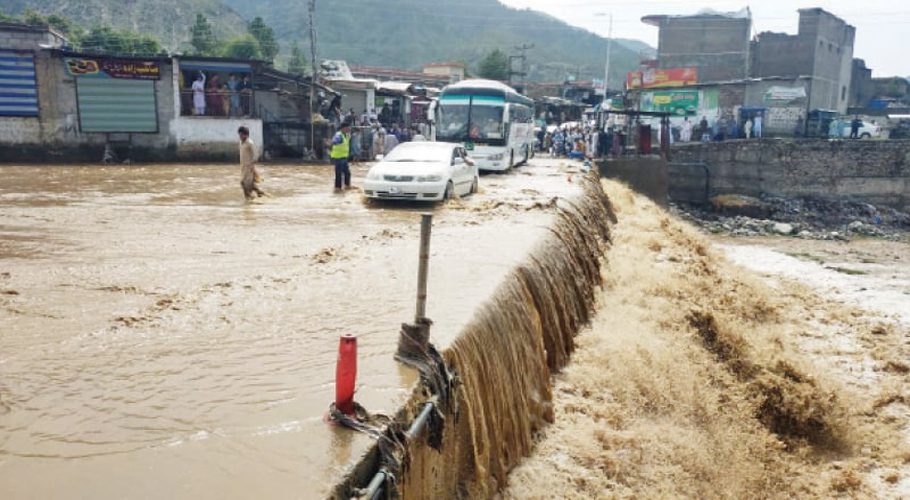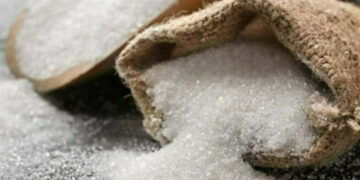The last time Pakistan became self-sufficient in terms of wheat production was during Pakistan People’s Party’s (PPP) tenure from 2008 to 2013. After this, it had to import wheat from abroad every year. Accusations have been directed at governments for neglecting agricultural output and food security.
Farmers ravaged by the recent floods have barely recovered but now, they are able to sow wheat for the upcoming season to an extent. However, the federal government has announced a relief package for the farmers but a seed crisis is looming over them.
It should be remembered that due to the fertiliser crisis last year, wheat harvests were 30 lakh tons less than the target, which had to be met by importing the commodity. And now, the National Economic Coordination Committee has approved the procurement of another eight lakh tons, the global price of which was double than last year’s price. To meet the shortage, the federal govt has okayed import of 300,000 tons of wheat from Russia.
Two months ago, the extensive agricultural land in southern Punjab, KP and Balochistan, including 30 lakh acres of Sindh, was flooded. Even now, more than 12 lakh acres of Sindh are still under flood water. In these areas, the first Kharif crop was affected and now the time for wheat sowing is passing.
Punjab and Sindh are two major wheat-producing provinces in Pakistan and the country depends on the production of these two provinces to meet the wheat procurement targets. Despite being an agricultural country, Pakistan has been dependent on imports for the past two years to meet the country’s wheat requirement. Wheat is a staple food in Pakistan and each Pakistani consumes an average of 124kg annually.
If the farmers get good compensation, they will switch to wheat. But the government should store wheat so that every year when there is a shortage of wheat, this wheat can be brought to the market to curb the mafia.































